This post may contain affiliate links. If you make a purchase by clicking on these links, I may earn a small commission at no extra cost to you. Read the disclaimer for more information.
I should be writing about my travels through Vietnam right now, but all I can think about is what I witnessed today. This post is jumping a month ahead from my last post to the city of Phnom Penh in Cambodia, to this very day when I visited the Choeung Ek Killing Fields and Tuol Sleng Genocide Museum. Today, I saw what humanity is like at its worst.
Before I continue, I should warn you that this post will not be a happy one, and it contains images, footage and descriptions that will be disturbing to you; however if you would like to learn about the horror that the people of Cambodia went through during the reign of the Khmer Rouge, please read on.
On this blog I like to promote travel as a way to make you smile and be happy with every moment, but I also believe that travel is the best education that you can receive. Sometimes that education will not put a smile on your face, but will make you grow as a person and understand the world a little better. This often means learning what mankind is like at its best and its worst.
Honestly, I wasn’t looking forward to visiting S-21 (Tuol Sleng Prison) or the Killing Fields in Phnom Penh, but I knew it was something that I had to do.
As I wandered through Choeung Ek and listened to the audio guide, I was often shocked by what I was listening to, even though I had read a little about it before. I walked past huge depressions in the earth that marked the sites of the mass graves of over 8000 innocent people who were murdered for nothing. These people were only a few of the near 3 million people who died during the mass genocide of the Khmer Rouge, and this was only one of many killing fields in the country.
From one grave to the next, I learnt about the Khmer Rouge and the genocide. Not so different to Hitler or any other leader that has committed such crimes against humanity, Pol Pot, the leader of the Khmer Rouge, believed in an ideal race. He eliminated education, religion and culture and drove everyone out of the towns and cities to work on organized farms. Anyone who was against his beliefs were considered enemies and executed.
As bad as this was, the way in which these executions were handled was even worse. Bullets were expensive, so the prisoners were made to kneel next to their grave and then killed using any tool available, including machetes, hammers, shovels, hoes and bamboo clubs. One of these mass graves contained over 400 corpses.

The edges of these sugar palm fronds are lined with jagged thorns and were sometimes used to slit the throats of the prisoners
As I moved on, I discovered that there was simply no mercy for anyone. Soldiers were made to execute everyone, including women and children. Babies had their heads smashed against trees and then thrown into their graves. Their mothers had to witness this, stripped naked and killed as well. It is also believed that many of them were raped first.
Any soldier who disobeyed orders was also killed. A mass grave was found here that contained over one hundred headless corpses who were wearing soldier uniforms.

This tree was used to smash babies’ heads in to kill them. When this site was found this tree was covered in blood, brains and bone fragments.
I was feeling sick as I saw displays of victims’ rags and bones that had occasionally shown up on the surface after heavy rains. In the centre of the site is the huge memorial stupa which contains thousands of skulls and bones of these people, which stands in memory of what happened here.
I was only witnessing a small part of the horror that this genocide really was. The prisoners who were sent here for execution came from the S-21 (Tuol Sleng Prison) in Phnom Penh, and this was now where I was heading.
At first glance, Tuol Sleng Prison (S-21) looks like an old abandoned school. This is actually what it originally was before the Khmer Rouge took over Phnom Penh. They transformed this former site of learning into a facility for torture, interrogation and murder. There were so many prisoners here that they had to end up opening the killing fields to send them for their execution.
The facility has been left exactly as it was when the Khmer Rouge were driven out in 1979, apart from the last 14 victims who were killed here and left in the facility. They are now buried within the grounds.
From room to room I saw beds with shackles where people were tortured and interrogated. Amongst the dust on the floor there are bloody footprints and splattered blood on the walls and floors. I could feel only death and horror in these rooms.

This was used to hang people upside down by a rope until they lost consciousness, before holding their heads in the bowls below which were filled with filthy water usually used as fertilizer. Once they awoke again they would continue their interrogation.
In the next building are the photos of those who were brought here. The Khmer Rouge documented everything. For some reason I felt the need to look into the eyes of every victim, to try and understand what they must have felt. Some were skin and bones, others looked like they had just stepped into the building and had no idea what was about to happen to them. There are photos of men, women, children, elderly people, even babies. Every face that I was looking at was murdered, all for nothing.
When I got to the end of the museum after viewing some of the torture devices, I walked into another room displaying yet more bones of those who died during the genocide. I tried to light a stick of incense to put at the small shrine here, but my hand was shaking so much that it took me five goes to even light it. I was filled with dread and sadness, but also anger towards the political and judicial side of this whole thing. I am left with more questions now than I had before I even visited Cambodia.
Why, after all of this, was the Khmer Rouge still acknowledged as the true government of Cambodia, and even aided by developed countries such as the UK, USA and even my own country, Australia? They kept their seat at the UN until 1993.
Why on earth did it take until 2007 for the leaders of the Khmer Rouge who were responsible for the murder of millions of people to be arrested for their crimes against humanity? With lawyers defending them, their trials have gone on for years. Pol Pot himself died while under house arrest in 1998 at the age of 72 and never even stood trial. Ieng Sary just died earlier this year at the age of 87, again before the verdict was settled. Nuon Chea was the first to fully admit to and apologise for his crimes on March 31st this year, at the age of 86, but this is far too late. These men got to live full lives. The babies and children that were murdered didn’t even get to start theirs. Where is the justice?
What happened here in Cambodia still lives on through memory today. It wasn’t that long ago, and it is still fresh in many people’s minds. If you do decide to visit Cambodia, please make sure to visit Tuol Sleng and the nearby killing fields. It will not be easy, but it is important to really know what this country has been through. I know that I will never forget what I learnt today.
Finally, please take a look at this footage that I filmed while walking through Tuol Sleng Prison. I decided to leave it in silence in respect for all those who died.
Video not working? Click here.



















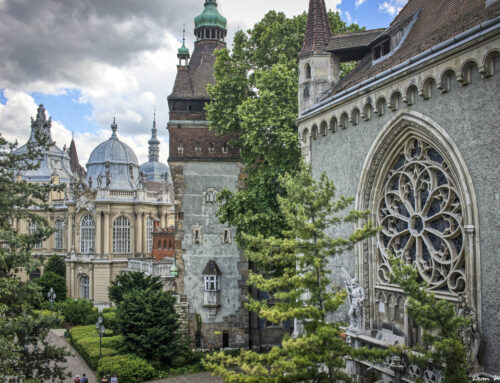
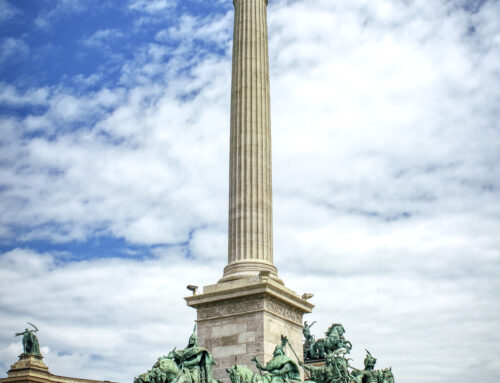
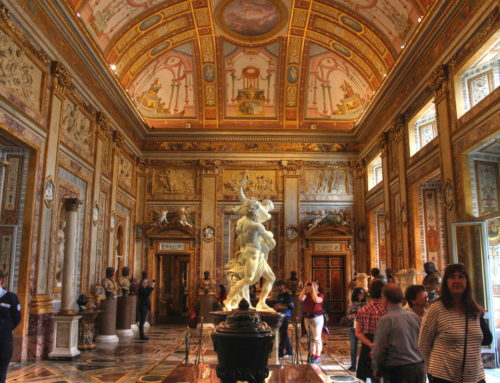
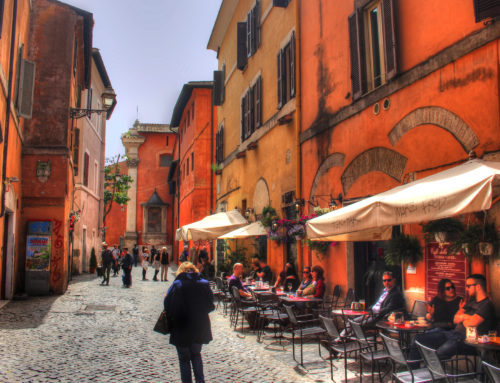
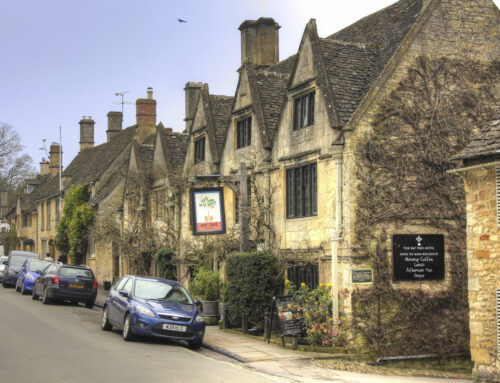
[…] here: Visiting the Choeung Ek Killing Fields and Tuol Sleng Genocide … Useful […]
It is quite shocking, especially when you consider that in the life span of this earth, it happened quite recently.
Yes it did happen so recently. It is hard to believe that this sort of thing could even happen.
I wrote a similar post when I visited the prison and the fields for the second time last year. It sends shivers down my spine thinking about it. The audio guide they have introduced at the fields is simply fantastic and very informative.
Hi Jennifer. I agree, the audio guide is really fantastic. I learnt so much from it. The moment when it played the revolutionary music mixed with the sound of the diesel generator – the sound the people would here before they were killed, just really froze me where I stood. It sent shivers down my spine.
Although I haven’t been to the Killing Fields, I have been to Auschitz and Bergen-Belsen concentration camps. I believe it is so important to maintain these places firstly as memorials to those who died and secondly as a reminder of just how evil some humans can be given the opportunity.
Hi Rob. I agree, it is very important to maintain these places and to educate people about these horrible events.
It’s a very sobering experience vising the Killing Fields and Tuol Sleng. I have immense respect for the Khmer people; they’re so resilient.
Resilient is a great word to use, Sam. I have a lot of respect for the Khmer people as well.
I never know about this until now. I can’t believe this actually happened just recently.
Hi Marian. It is quite shocking when you realise how recent this was. I am also surprised at how many people haven’t heard about it before. I’m hoping this post will let a few more people know about this tragedy.
[…] residence of the Royal Family of Cambodia for all of this time, apart from the short period of the Khmer Rouge rule in the […]
[…] During that time Phnom Penh was completely evacuated apart from the Khmer Rouge itself, and Tuol Sleng Prison (formerly a school) was where they began their genocide. Also known as S-21, this was where […]
I will never forget my visit to the killing fields. To actually witness the aftermath of the barbaric acts committed there is something that will stick with me forever. I walked around the fields in complete silence with the same look of disbelief on my face as everyone else there.
When I visited the prison, I stood inside one of the cramped brick cells trying to image what the prisoners felt. By far, the hardest thing to see was all of the faces of the people who were tortured before being executed at the killing fields. It was a humbling experience indeed.
Hi Travis. Yes, I think that those faces may haunt me forever. You can actually see the fear in their eyes. It is all very difficult to take in, but so important as well. Thanks for commenting about your experience.
[…] from: [ https://www.theroadtoanywhere.com/the-choeung-ek-killing-fields-and-tuol-sleng-genocide-museum-in-ph… ]Inside, it is filled with skulls that have been found in Choeung Ek. There are somewhere around […]
My husband’s best friends when he was growing up were Cambodian. Although he has not seen them in a long time, he has spoken of them often – some of his best childhood memories were with them at their home. Their parents had brought them to the US at that time.